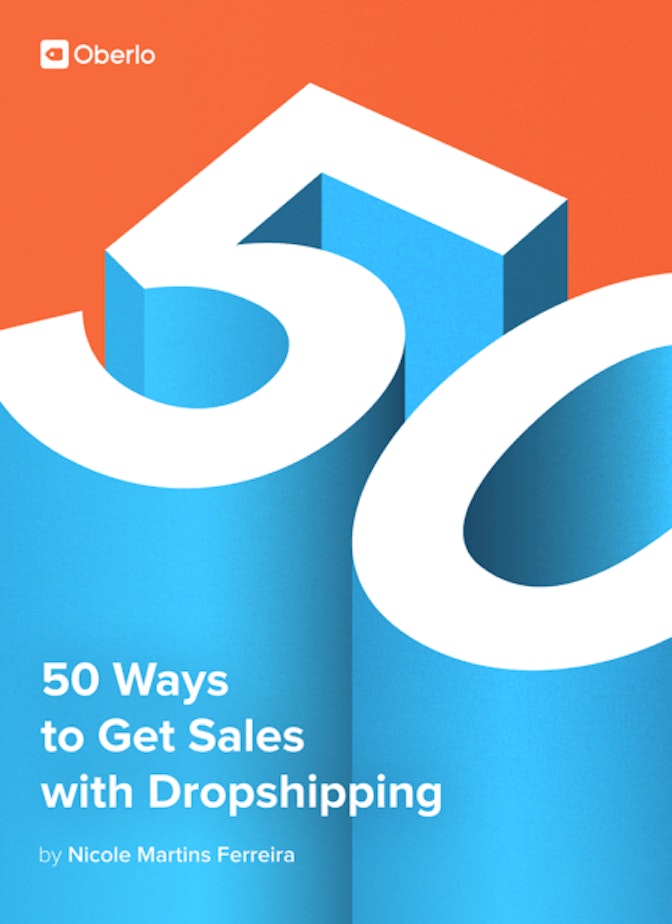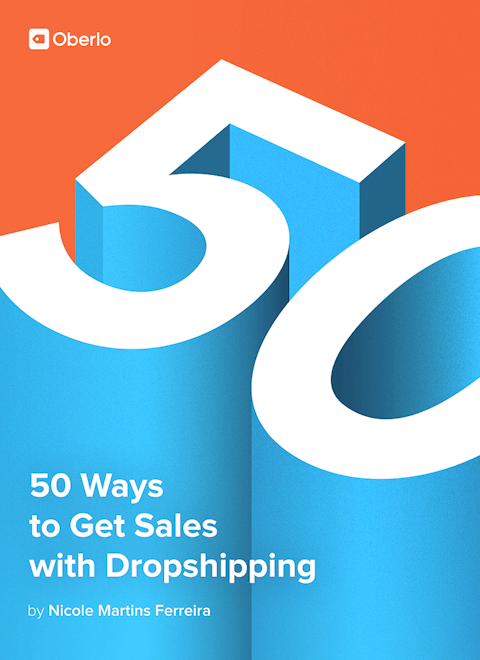Competitor analysis is essential in ecommerce. While you might brush it off by focusing on your customers, the reality is: your competitors are watching you. When you post asking for a review of your store, they’ll discover you. When you start growing your following on social media, they’ll pay more attention to you. Over time, they’ll start monitoring what your best-sellers are. They’ll look for patterns in the type of content you post on social media. Competitors will even notice what pages you include on your store, how you write your copy and what you do differently. How do I know? Because that’s exactly what I do. I always know when a competitor has a new successful ad. And that’s when I jump in to sell the same product. If you want to succeed over the long haul, competition monitoring should take place regularly.
How to Write a Competitive Analysis
In order to carry out a good competitive analysis, you must keep in mind the importance of being objective, and of conducting a thorough, in-depth research. A competitive analysis will help you to recognize what works and what doesn’t work for your competitors, and how you can figure out ways to thrive among them. As a guideline, you can keep the following factors in mind to carry out a competitive analysis:
Know Your Competitors
The competitor analysis framework begins with knowing who your competitors are. This list of your competitors can include businesses that you consider to be your main competitors, however may also include such businesses that indirectly compete with your business. This part of the competitor analysis can also include information about companies that are planning to enter the market in the near future. Once you have the list of competitors, it’ll be easier to see the areas you need to focus on the most and where your biggest challenges may lie.
Know the Product of Your Competitors
This step of the competitor analysis framework involves an in-depth analysis of the products or services offered by your competitors. To be precise, it includes an understanding of the features of their products, their values, and who they target. Look closely at how your competitors are marketing, what platforms they’re using and what seems to be working out for them. If possible, try to understand what your customers think of your competitors and how they rank or value them.
Know the Strengths and Weaknesses of Your Competitors
One of the most important parts of putting together a competitor analysis in marketing is to analyze the strengths and weaknesses of your competitors. It’s extremely important that you objectively judge your competitor’s products and services as if they were your own. If you see your competitors growing rapidly, try to understand what it is about their product or service that’s pushing their growth forward. Keep an eye open for opportunities to better understand the strengths and weaknesses of your competitors.
Know the Strategies and Objectives of Your Competitors
Observe what your competitors are doing. It’ll be hard to figure out exactly what your competitors are planning, but look at multiple factors including their marketing, how they are advertising, their customers, the distribution channels they are using, and whatever else you can observe or find out. Analyze through observation what their strategies are.
Know the Market in Which You Function
To carry out a thorough competitor analysis, you need to not only analyze the competitors, but also have an understanding of the current market, and what the potential of your product is. Try to understand if the demand is increasing or is rather flat. This will help you to understand the competition levels you’ll face. If the market is breaking into smaller sections, maybe you’ll find a specific niche that interests you, that you can look into in the future.
A perfect competitor analysis template is hard to find. But looking into how you can understand your surroundings, will help you plan and shape your present and future decisions in the presence of the competition.
Competitor Analysis Tips:
Browse the best-sellers for stores in your niche. Some online stores don’t have a best-sellers list. However, for many Shopify stores you can add “?sort_by=best-sellers” in the url to find them for each category. Saavy store owners are now blocking those URLs as well though so it won’t work on all stores.
Add items to your competitors’ carts. This will typically trigger their retargeting ads or abandoned cart emails which will give you deeper insight in how they market their brand. You’ll see patterns in how they present products, their word choice and their marketing strategy.
Browse the pages of their online store. Do they have an active blog? How do they present their About Us page? What type of information do they include on the product page? Do they use the supplier’s images or do they take their own? Analyze every detail of their store. You might not know how well something converts or not, but it might be worth testing out on your store.
Read the comments on their social media. What type of comments do they get? Positive, neutral or negative? Use the negative comments to your advantage and do the opposite on your store. While it can be tempting to leave negative comments on a competitor’s social media or write a negative review online, avoid doing this.
Use SEO tools to find out which keywords your competitors rank high for. You’ll want to create content around these keywords so you can drive more traffic to your store. You can also use tools like BuzzSumo to see which articles get the most social shares so you can write more content like that on your store.
Pay attention to which social networks your competition is and isn’t marketing on. If they’re focused on Facebook and Instagram but not Pinterest, you might have a competitive advantage to start marketing on Pinterest if you sell a very visual product. You definitely want to be on the same platforms your competitors are on. However, you also want to find little online nooks where there’s a greater opportunity for your brand to monetize.
Use price comparison websites to determine how your competitors price their products. While you won’t always want to compete on price, it can help you understand the price range to sell your products at. Keep in mind that with dropshipping you will never win the price war, you’re not the manufacturer or the only seller.
Competitor Analysis Tools:
Google Alerts is a tool that sends you email alerts when news about your search term appears. For example, if you add your brand name as an alert, you’ll be notified when new content online with your brand name appears. This can include brand reviews, news articles or mentions in publications. However, you can also use Google Alerts to tell you about your competitors or even your niche. This will allow you to always stay informed about what’s going on in your industry and who’s saying what.
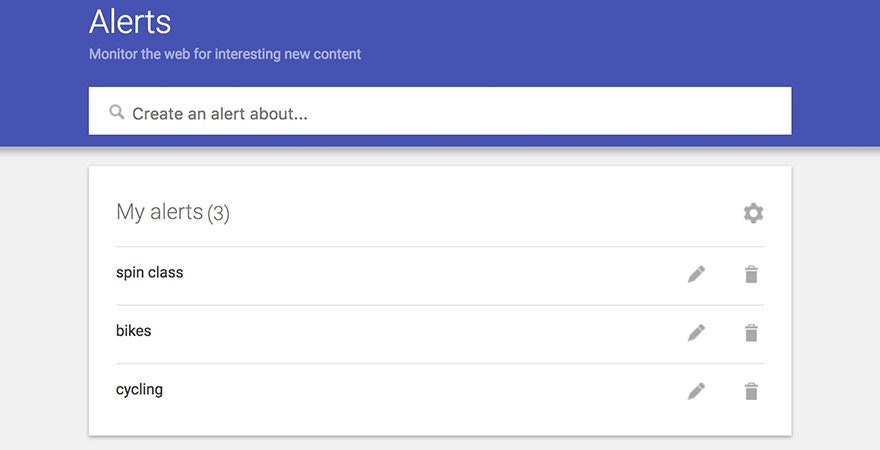
BuzzSumo is a competitor analysis tool that allows you to see the best performing content in terms of social shares. You can use the tool to see your brand’s best content and your competitors. If you’re planning on creating content for your store, you can use your competitors’ data to plan out the type of content you should be adding to your blog. You can find inspiration for blog ideas this way.
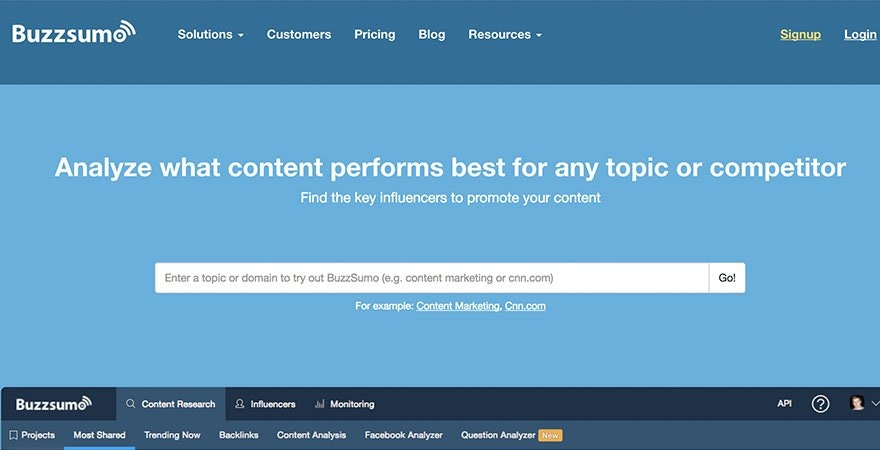
Social Mention is a social tool that gives you insight into your competitor’s social media. Type in your brand’s name and search. You’ll find information like whether social media posts about the brand are typically positive, neutral or negative. You can even view the brand’s mentions in real-time. Top users, keywords, and hashtags are some other key information you can learn about your competitors.
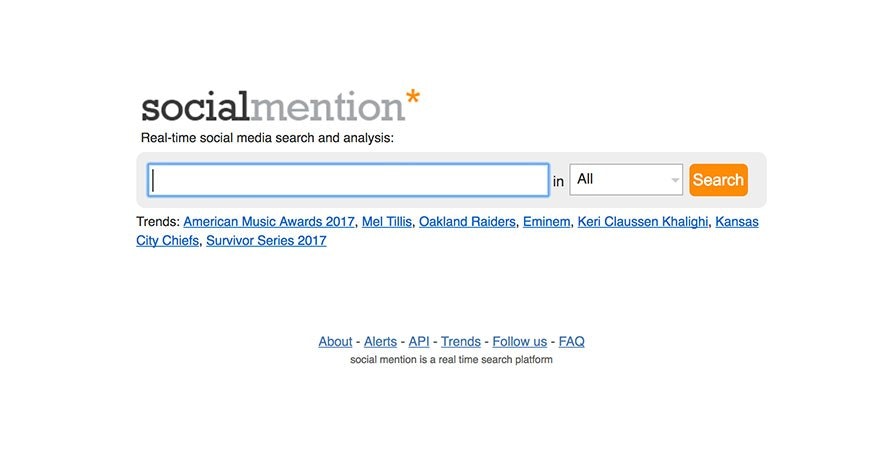
Website Grader is a competitor analysis tool that grades your website. You’ll receive a grade for store. It’s based on a number of factors such as performance, mobile, SEO, and security. It grades everything from pagespeed to mobile responsiveness and more. You should aim for a score above 90%.
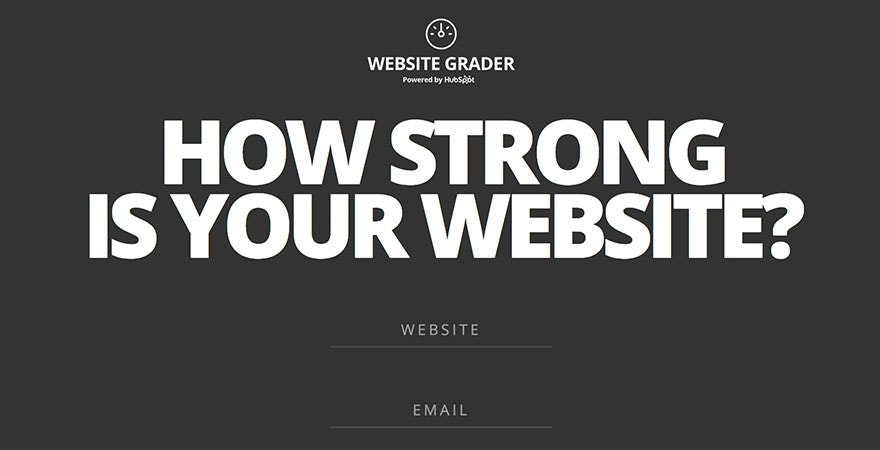
Alexa is a competitor analysis tool that tells you what a website’s global rank in the world is. The closer you rank is to the number 1 the better. You’ll be able to see which countries the brand is most popular in. You can also learn the store’s bounce rate, daily time on site, top keywords, and backlinks.

SpyFu is a competitor analysis tool that let’s you see who’s ranking for specific keywords while also seeing how much they’re bidding on it. It’ll show you your competitors’ most profitable keywords so you can better optimize your campaigns.
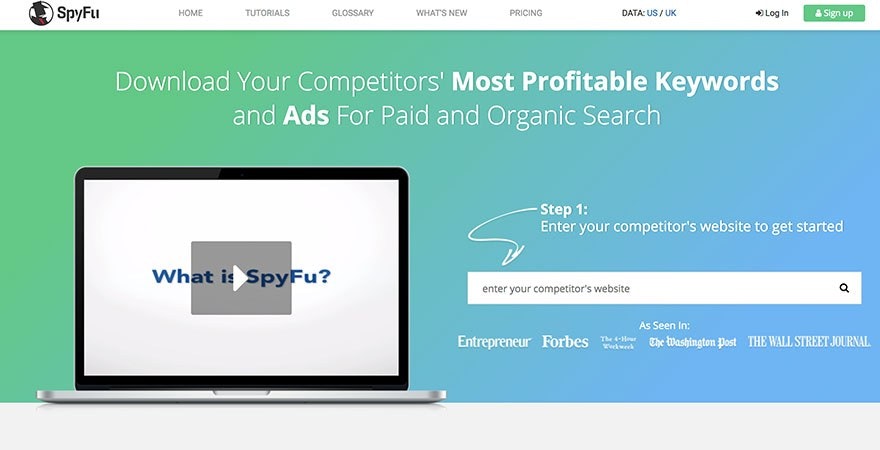
Competitor Analysis Resource:
Competitive Monitoring: How to Build a Strategy in 4 Steps shares a four-step system for competition monitoring. It helps you figure out which competitors you need to monitor, what to monitor, which tools to use, and encourages you to do it.
